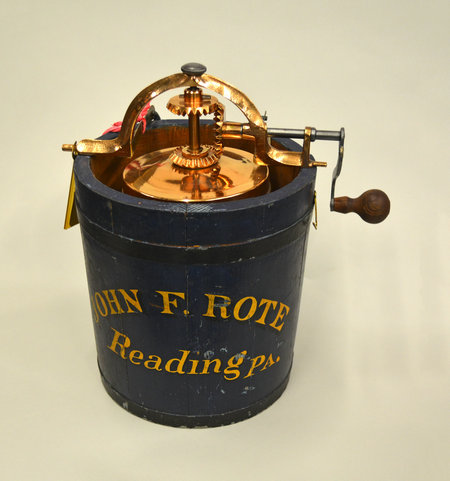 |
|
A rotary engine.[Photo by Jiang Dong/China Daily] |
These intricate models, regarded today as a fusion of science and artistic craftsmanship, have over the decades entered public and private collections, perhaps chief among which is the Hagley Museum and Library in Delaware, housed in the transformed gunpowder works established by the French-US chemist and industrialist, E.I. du Pont in 1802.
Since 1961, The Hagley Museum has assembled a patent model collection of more than 5,000 items, all of which were made between 1809 and 1906. While the museum is open to the public, it has curated a selection of patent models to tour China for the first time.
Following a display at Beijing's Tsinghua University Art Museum from late March to early May, more than 60 examples from Hagley's collection are now on show at The Power of Innovation exhibition at the National Museum of China. It will run through July 29, before traveling to Shanghai, Shenzhen and Wuhan.
Wang Chunfa, director of the National Museum, says the exhibition will deepen the Chinese audience's understanding of how technology advances social progress, and act as an appeal for creativity and the protection of copyrights to be integrated into the country's development.
At the entrance of the exhibition is an original piece of patent testimony, dated Jan 6, 1797, which was issued to John Nazro in Massachusetts for an improvement in the technique for extracting mineral alkali from marine salt and kelp and for making compound potash and pearl ash.